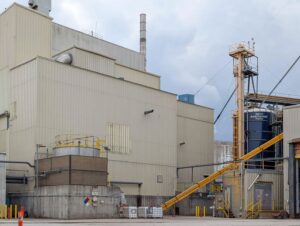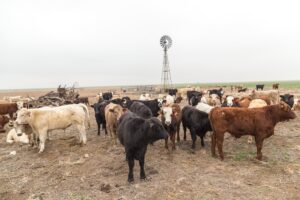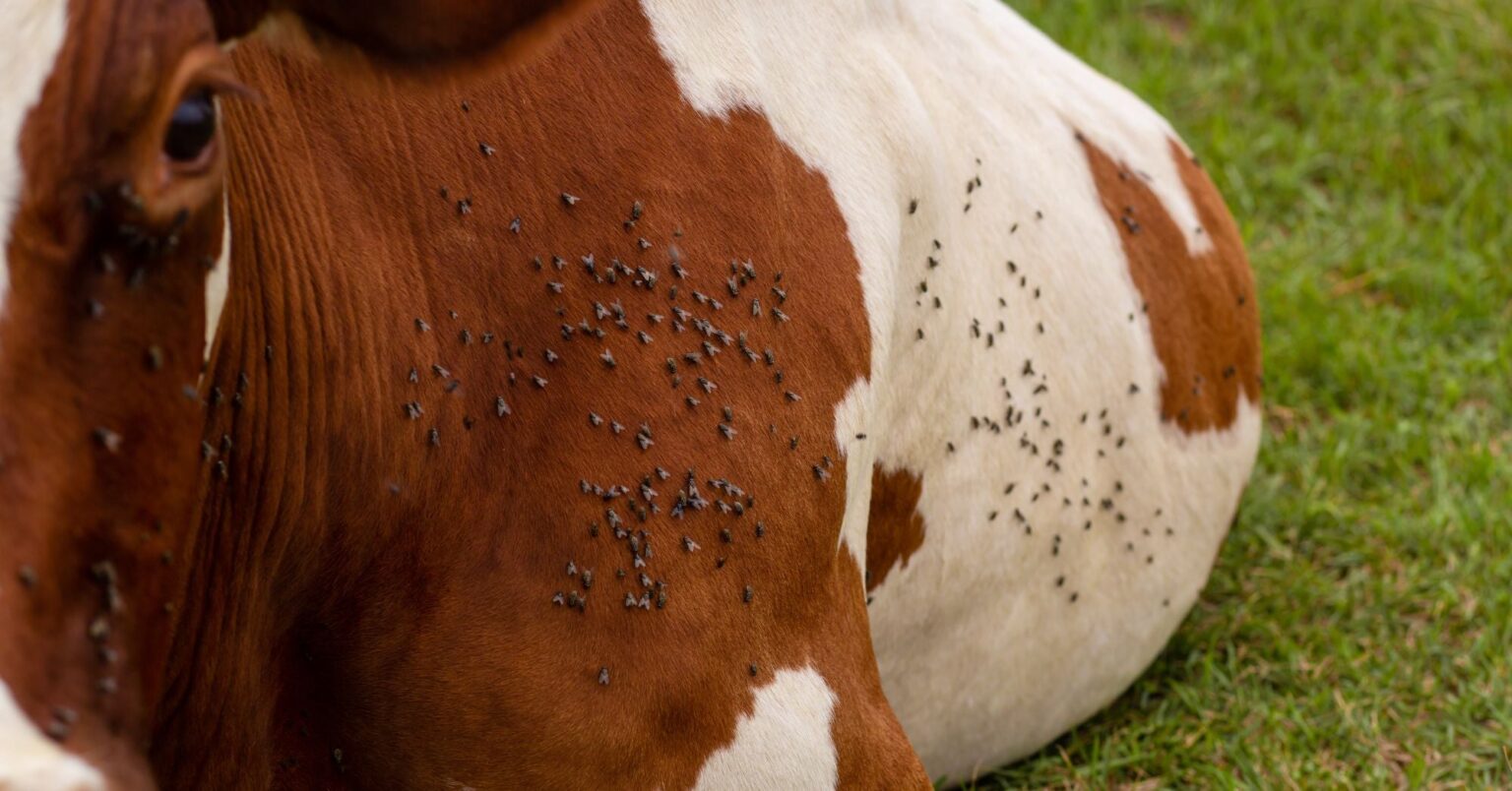Subscribe to Updates
Get the latest agriculture news and updates directly to your inbox.
Author: staff
Gracyn Stevens of Kirklin, Indiana, is the winner of the 13th annual NCBA National Anthem Contest. Stevens will sing the Star-Spangled Banner at CattleCon 2026 in Nashville from Feb. 3 to 5. “Cattle have nutritional and economic value, but to me their value is immeasurable; it is an honor to win this contest to represent an industry I love,” Stevens said. “I will strive to make a meaningful impact for years to come.” Stevens appreciates the lessons she learned growing up showing cattle in 4-H. The cattle industry taught her that success is not about the banners, but the effort…
By Susan Heavey and Doina Chiacu WASHINGTON, Nov. 25 (Reuters) – Chinese purchases of American soybeans are “right on schedule”, U.S. Treasury Secretary Scott Bessent said on Tuesday, citing an agreement for Beijing to buy 87.5 million metric tons of the U.S. product over the next three and a half years. The U.S. and China will always be natural rivals, Bessent said in an interview with CNBC, but the two countries’ relationship is in a good place. On Monday, President Donald Trump touted relations with China as “extremely strong” after a call with Chinese leader Xi Jinping. The call came weeks after the two leaders met in South Korea, where they agreed to a…
The internet is filled with influencers all vying for your views. Who you choose to watch can have a surprisingly impact on how these content creators continue to reach people and on what kind of content the algorithms serve you moving forward. One super popular area for creators today is food. Who hasn’t gotten some great recipes, saw a restaurant you really want to try, or enjoyed watching someone else do all the work of cooking? As we all know, there are a lot of people who bash agriculture, instead favoring misleading labeling claims or talking about how bad a…
In its final Crop Progress report of the growing season, the USDA on Monday detailed the progress and condition of the nation’s growing winter wheat crop. Only a small percentage of the crop is not yet planted, and 87% of it is out of the ground. Plus, overall crop conditions improved compared to a week ago. Here’s a final state-by-state look at the condition and progress of the country’s winter wheat crop. Condition Across the top 18 winter wheat-growing states, 48% of the crop was rated good/excellent as of Nov. 23. That’s an improvement compared to last week, when the…
Dairy’s latest disruption isn’t coming from almonds, oats, or soy, but from a stainless-steel tank. Fermentation-derived and cell-cultured “unreal” milk proteins are starting to show up in U.S. retail channels, and one company, Brown Foods, maker of UnReal Milk, is promising what amounts to making “cow’s milk without the cow.” According to Daily Mail, which included the term “Franken-milk” in its headline, Brown Foods is gearing up for a U.S. retail launch in 2026. Public taste-testing events are already underway, and the company has secured a regulatory green light using the industry-standard GRAS (Generally Recognized As Safe) self-affirmation route, bypassing…
By Morgan Chilson TOPEKA — The head of the USDA said the agency would roll out a relief plan for the country’s agriculture sector in December, offering potential good news in a year of uncertainty for Kansans. Secretary Brooke Rollins did not give details about the plan but indicated the USDA has been analyzing and building a “formula” around the current situation, Bloomberg News reported. That situation includes the effects of tariffs and trade policy, the lack of a farm bill and the high cost of inputs, factors that are making it difficult for Kansas farmers and ranchers to plan for…
By Jeff Beach North Dakota is investing $7 million into Grand Farm to promote research on robotics, artificial intelligence, and other technology for autonomous agriculture. Greg Tehven, chair of the Grand Farm board, said the top priority is building up the facilities and infrastructure on the research campus west of Casselton. “It increases our capacity for more testing of technology for farmers, more partners to engage, the ability to have more trials on site and deeper collaboration with both public and private sector,” Tehven said. The funding is through the state Commerce Department’s Autonomous Agriculture Grant Program. The state Legislature in 2021…
The U.S. Department of Agriculture has rolled out a new unified New World screwworm website, Screwworm.gov, which aims to serve as a centralized hub designed to pull together every piece of federal information on the pest and support Secretary of Ag Brooke Rollins’ five-pronged response plan. Screwworm.gov brings together federal updates and resources for livestock producers, veterinarians, wildlife managers, animal-health officials, researchers, pet owners, and anyone needing a consistent base of information on NWS. The site also includes USDA-verified updates on cases and response activities in Mexico, along with U.S. preparedness efforts. The USDA says the launch is part of…
By Todd Hubbs and Scott Irwin The EPA’s recent trilogy of RFS decisions represents one of the most consequential regulatory developments of the last decade for biomass-based diesel markets. Higher RVOs, more restrictive small refinery exemptions, and mandatory reallocation create substantially higher requirements for 2026/2027. In our most recent article (Farmdoc Daily; Nov. 12, 2025), we projected dramatic increases in domestic biomass-based diesel production and feedstock use under the EPA’s proposed “half RIN” credit for imported feedstock and imported fuel. The purpose of this article is to review the projections and highlight a critical finding — the market impacts are heavily…
Key Points This report is the USDA’s final Crop Progress report of 2025.U.S. corn harvest reached 96%, just shy of the five-year average.Winter wheat progress is largely on track with average. The USDA released the final Crop Progress report of the growing season today. Here’s a look at corn and wheat crop progress for the week that ended Nov. 23, 2025. Corn Harvest Nearly Wrapped As of Nov. 23, 96% of the corn crop across the country’s top 18 corn-growing states had been harvested, up from 91% a week ago. That’s just behind the five-year average of 97%. Last year at this time,…








:max_bytes(150000):strip_icc()/28533ripesoybeans_soybeans-01d6026d90324818a2c9daf57e26b0cd.jpg)

:max_bytes(150000):strip_icc()/WinterWheat_December_alternative_seed_crops-a2b0b12da4c04eb282dff7e87688e815.jpg)

:max_bytes(150000):strip_icc()/stockyard-Dodge-City-2048x1536-38bcd3b2f08648cfa8aa180ac360fd5c.jpg)
:max_bytes(150000):strip_icc()/49035871198_32f490cc96_o-2dbf8dbc3ee749898c1ad90bb6214cb3.jpg)

:max_bytes(150000):strip_icc()/54163679242_59f748f514_o-0de4af3a868e41c08311efbeff9d9d99.jpg)
:max_bytes(150000):strip_icc()/49036364491_a2bb4f97cf_o-a38e1cdff3a343749dfe125fa53df257.jpg)